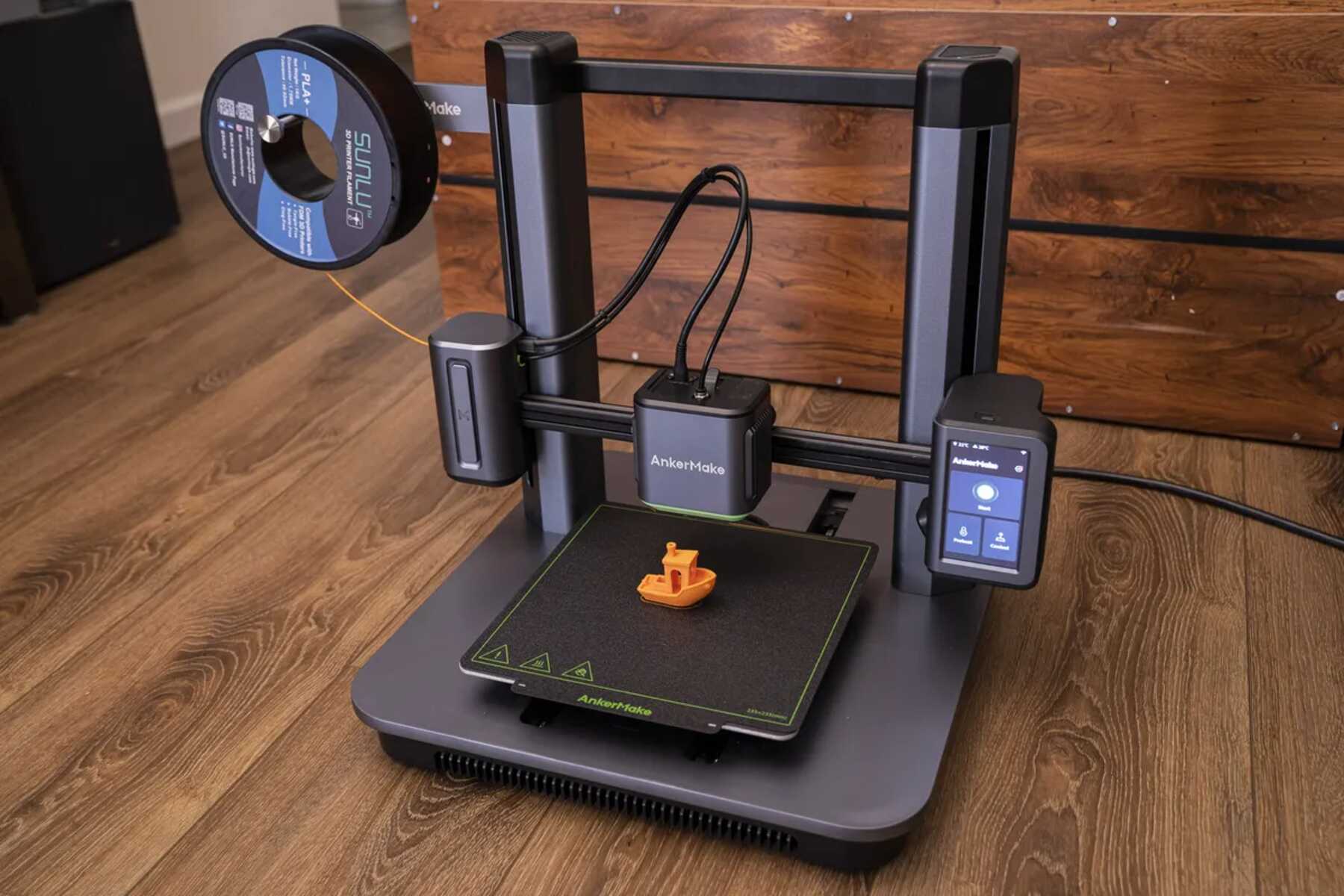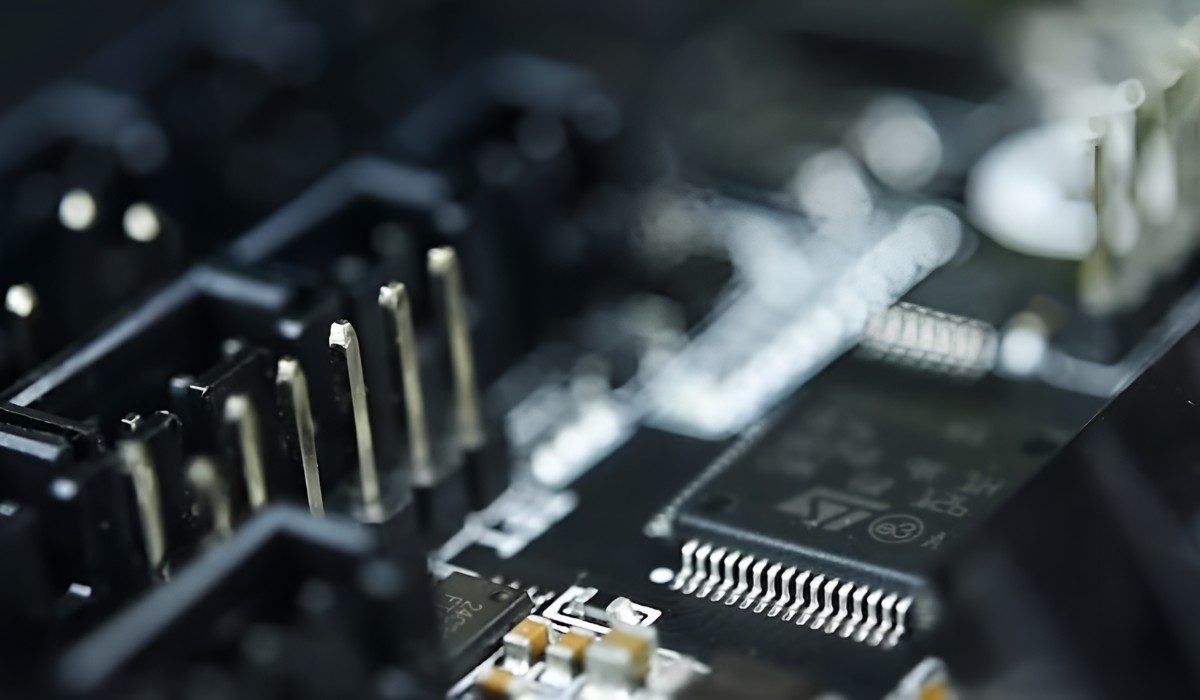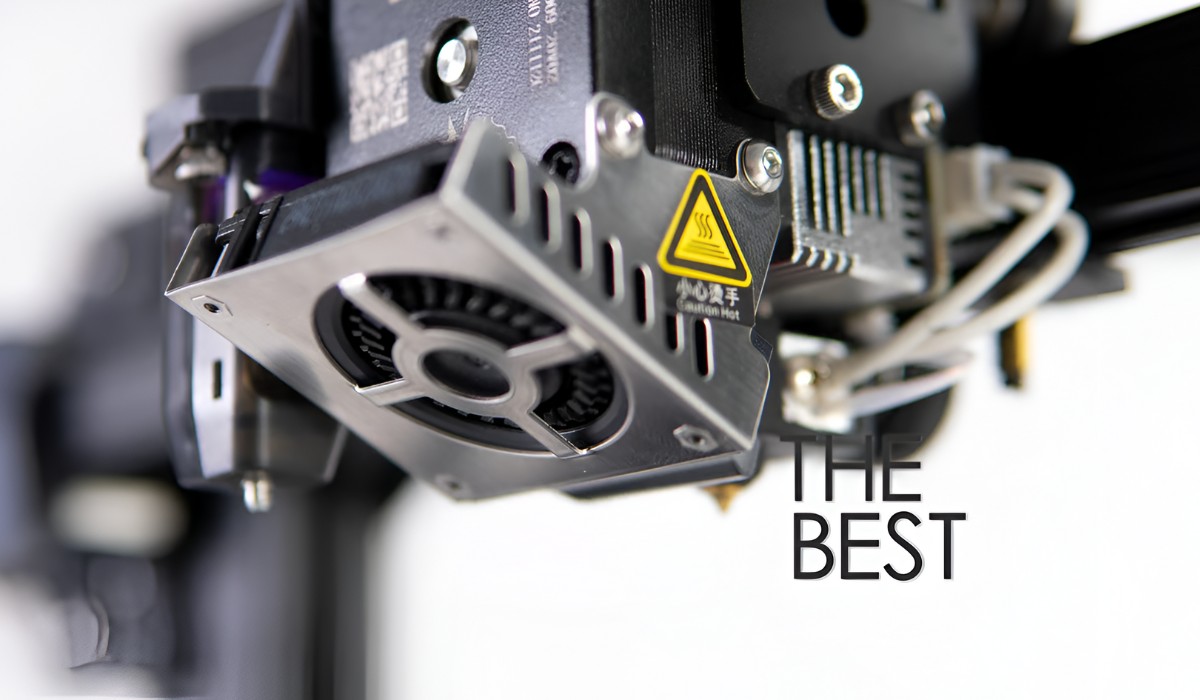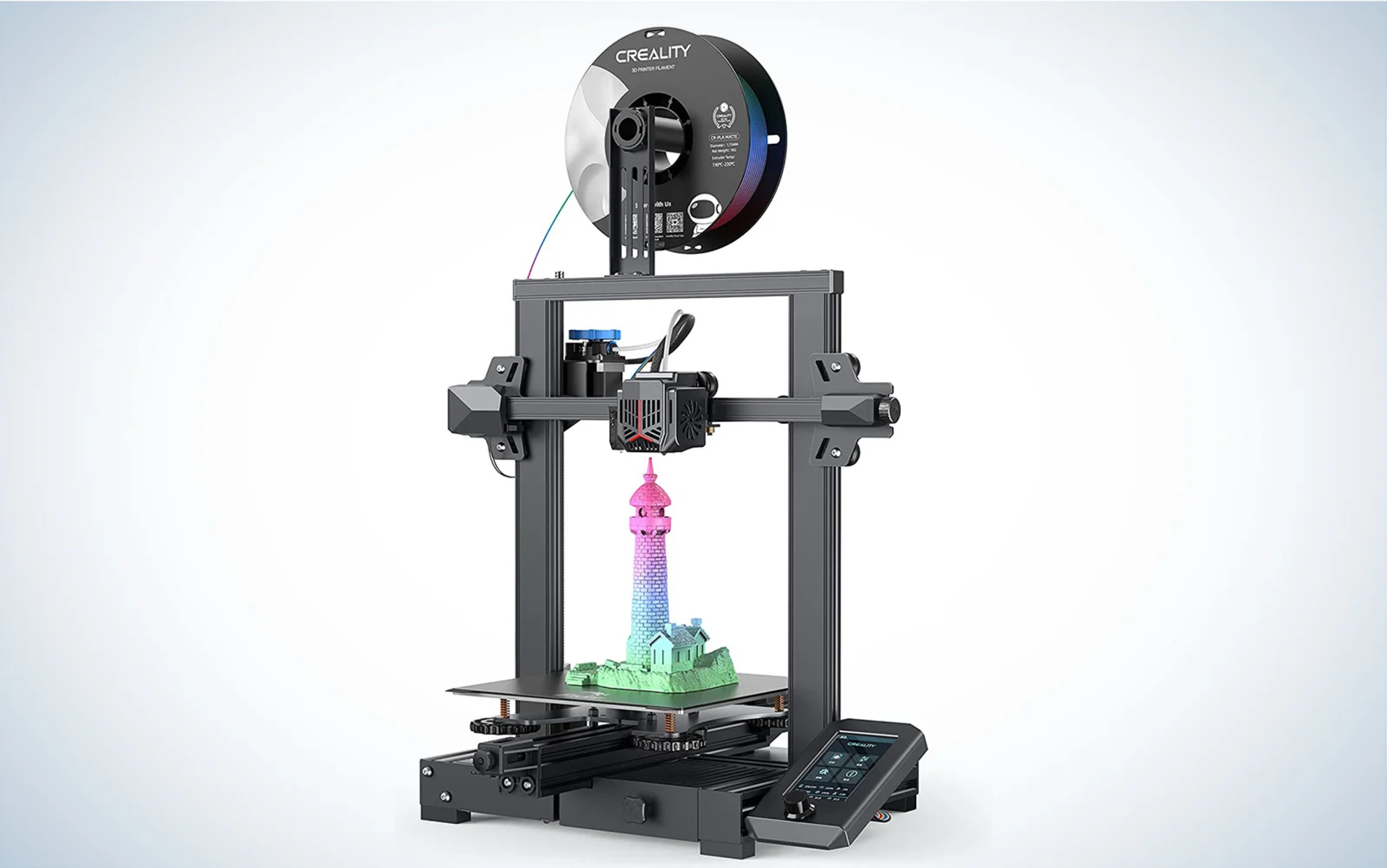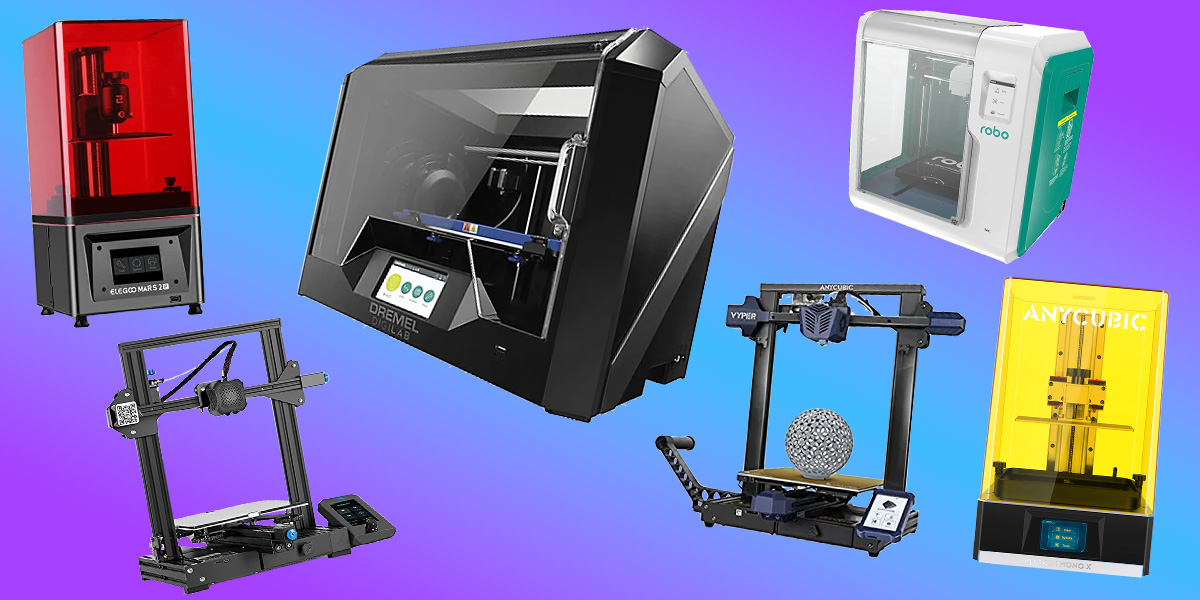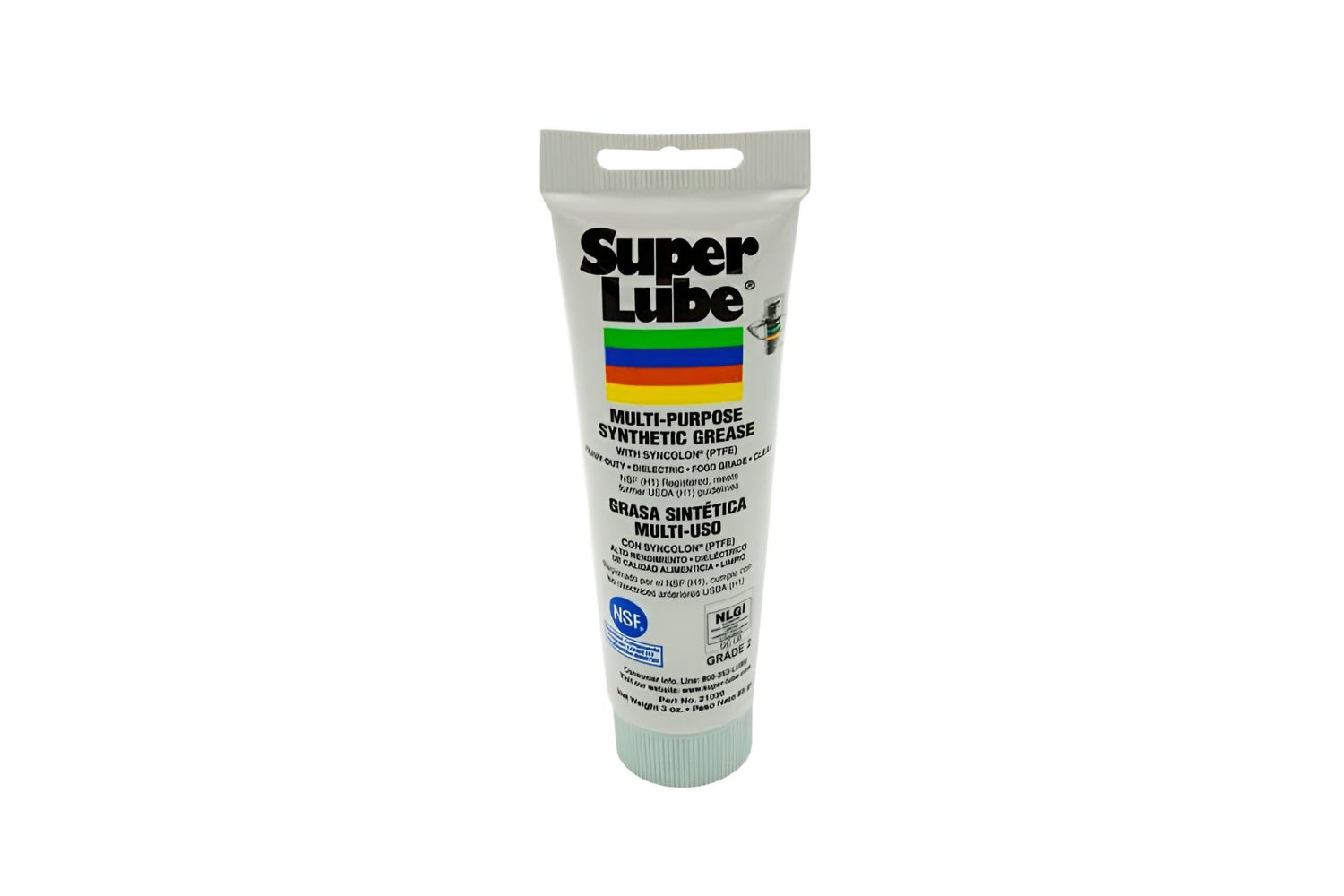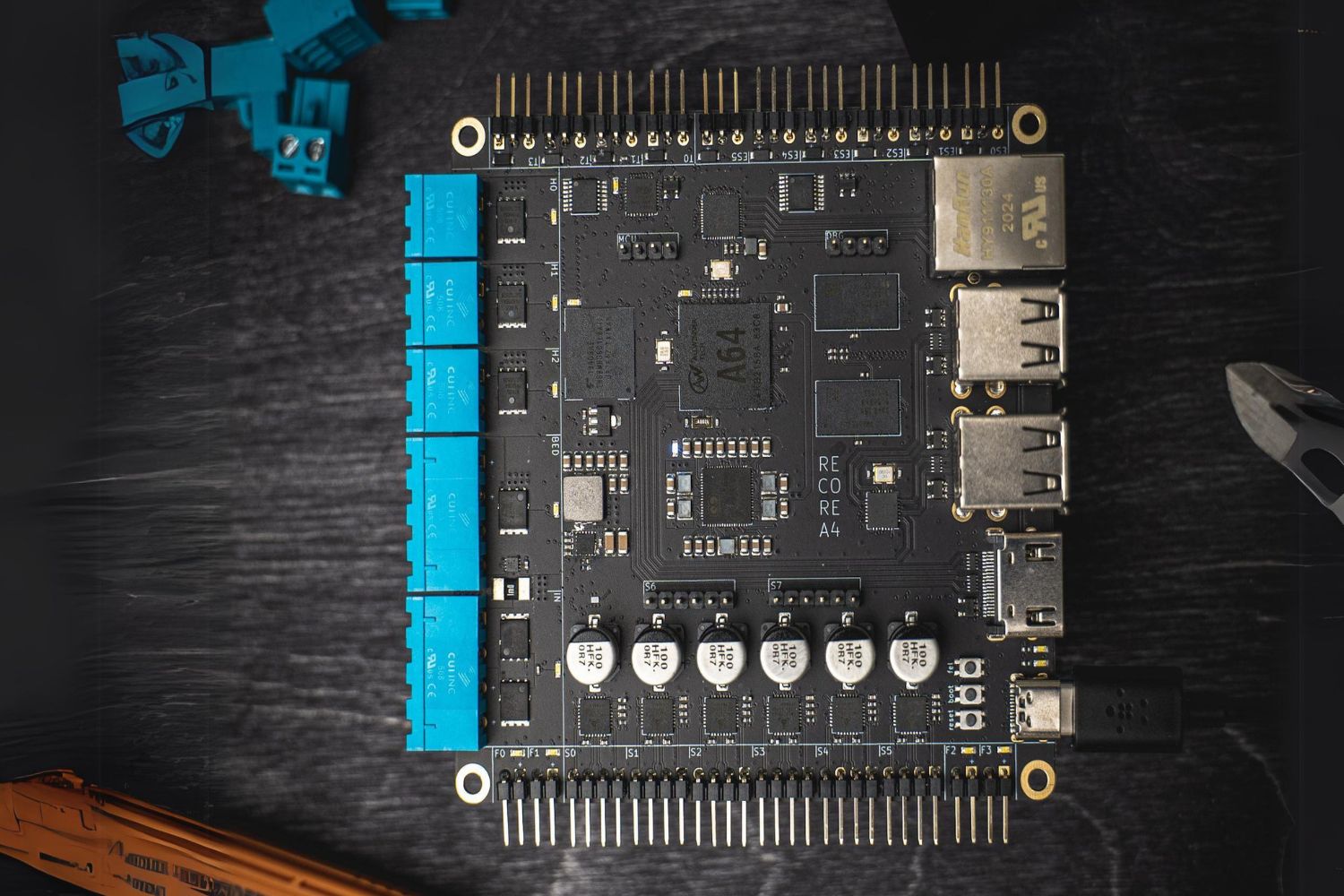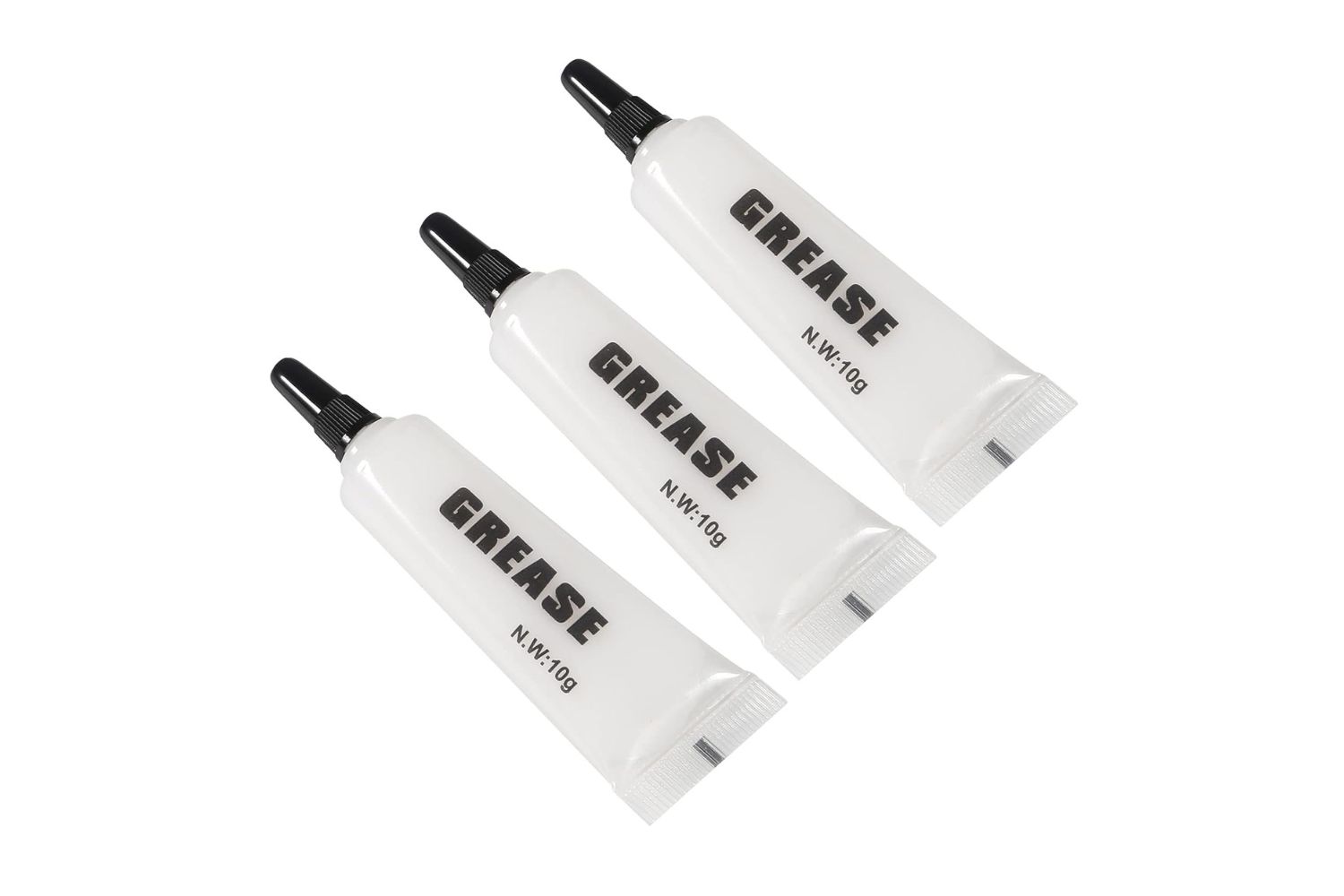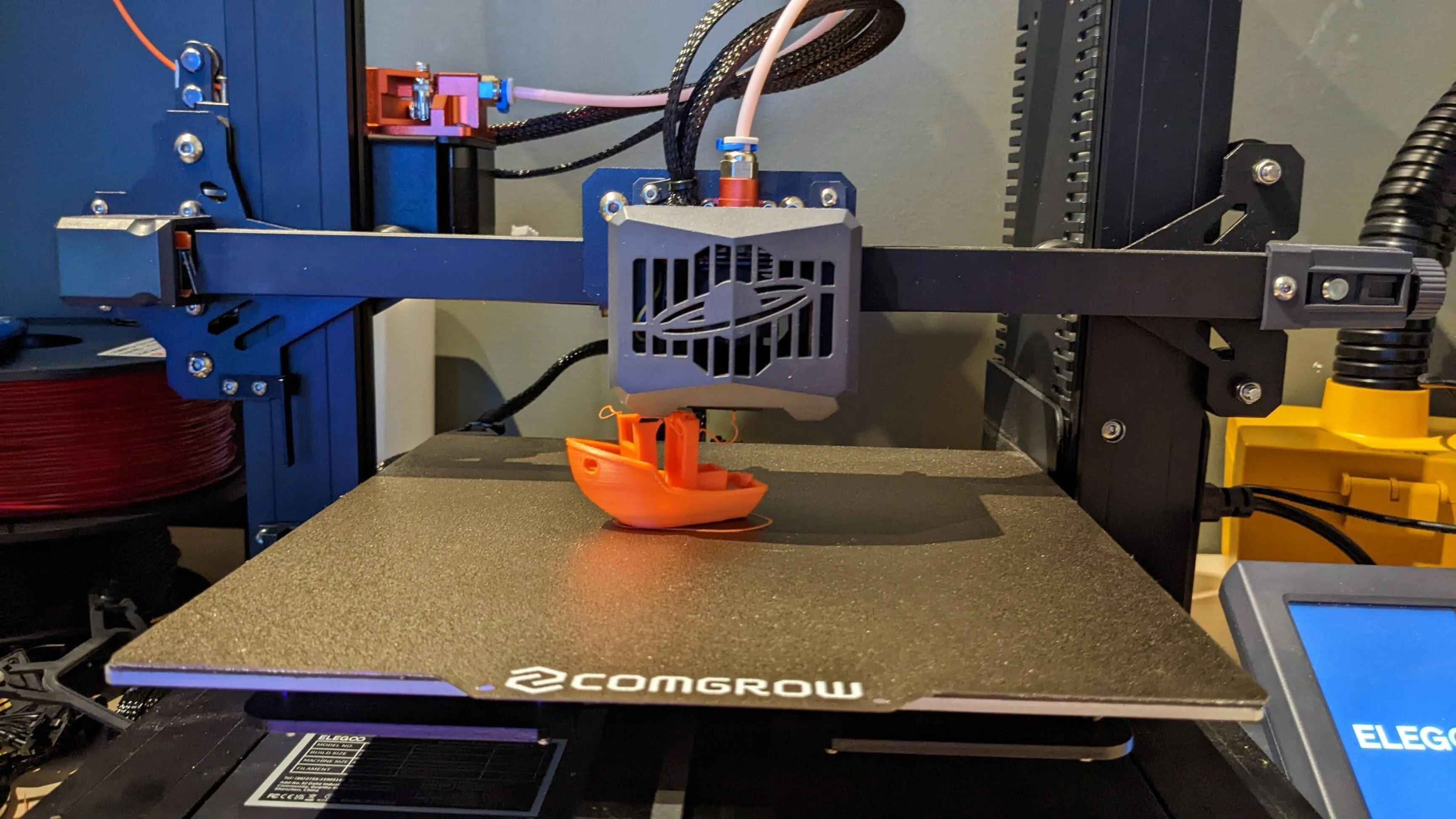Introduction
Having a 3D printer at home or in the office is incredibly exciting. The ability to bring your ideas to life with just a few clicks is a truly remarkable feat of technology. However, one common drawback of 3D printers is the noise they generate during operation.
The constant humming, whirring, and fan noises can be quite disruptive, causing annoyance and potential disturbances. Whether you use your 3D printer at home or in a shared workspace, finding ways to make it quieter can greatly improve your overall experience.
Fortunately, there are several methods and upgrades you can implement to reduce the noise produced by your 3D printer. In this article, we will explore various techniques to help you make your 3D printer quieter and create a more peaceful printing environment.
Before diving into the solutions, it’s important to note that each 3D printer model is unique, and the noise reduction methods may vary depending on the specific characteristics of your printer. However, the techniques we will discuss are applicable to most desktop 3D printers, and you can adapt them according to your printer’s design and requirements.
By implementing the suggestions and upgrades discussed in this article, you can minimize the noise levels of your 3D printer, allowing you to work or relax in the vicinity without being constantly disturbed by the sound.
Now, let’s explore some of the most effective ways to make your 3D printer quieter and create a more pleasant printing experience!
Choose the Right 3D Printer Model
When it comes to reducing the noise of your 3D printer, starting with the right model can make a significant difference. Different 3D printer models have varying noise levels, so it’s essential to choose one that meets your noise tolerance requirements.
When selecting a 3D printer, consider the noise level specifications provided by the manufacturer. Look for models that explicitly mention noise reduction features or quieter operation. Some manufacturers even provide decibel ratings to give you a better understanding of the noise level you can expect.
Additionally, pay attention to the build quality of the printer. Sturdier and better-constructed models tend to produce less noise compared to flimsy or low-quality printers. Look for printers made of durable materials and with solid frames that can help absorb vibrations and reduce noise.
Another aspect to consider is the printer’s motion system. Some printers use linear rails or ball screws, which can produce less noise compared to printers that use belts or rods. Research the different motion systems available and choose one that aligns with your noise preferences.
Lastly, it’s important to consider the printer’s cooling system. Printers with efficient and well-designed cooling systems tend to be quieter than those with inadequate cooling. Look for printers with larger fans or even liquid cooling systems to effectively dissipate heat without producing excessive noise.
By carefully evaluating and selecting the right 3D printer model, you can start off with a quieter printer and minimize the noise challenges from the beginning. However, even if you have an existing printer, don’t worry, as there are other methods and upgrades you can implement to reduce the noise levels.
Upgrade the Printer’s Firmware
Upgrading your printer’s firmware can be a simple yet effective way to reduce noise. Firmware refers to the software that controls the operation of your 3D printer. Manufacturers often release firmware updates that not only improve functionality but also include optimizations for noise reduction.
Check the manufacturer’s website or the community forums for your printer model to see if any firmware updates are available. Upgrading to the latest firmware version can potentially introduce new features that reduce noise, such as improved motor control algorithms or optimized fan speed profiles.
Before proceeding with a firmware upgrade, make sure to carefully follow the instructions provided by the manufacturer. Some printers may require specific steps or precautions to ensure a successful upgrade. It’s always a good idea to backup your existing firmware before proceeding with any updates.
If your printer doesn’t have readily available firmware updates, you can explore other options such as community-developed firmware. Popular open-source firmware options like Marlin or Repetier offer extensive customization options, including noise reduction features.
When upgrading the firmware, it’s important to note that while it can help reduce noise, it may also introduce new challenges. If you are not experienced in firmware upgrades, it’s advisable to seek assistance from more knowledgeable individuals or the printer’s community to ensure a smooth and successful upgrade process.
By keeping your printer’s firmware up-to-date or exploring alternative firmware options, you can take advantage of noise reduction features and improvements that can significantly reduce the overall noise produced by your 3D printer.
Use High-Quality Filament
Believe it or not, the type of filament you use in your 3D printer can affect its noise levels. Low-quality or poorly manufactured filaments can produce more friction and generate additional noise during the printing process.
When selecting filaments, opt for high-quality brands known for their consistency and reliability. Look for filaments with smooth surfaces and uniform diameters, as these can help reduce noise by minimizing the friction between the filament and the printer’s components.
Another factor to consider is the material composition of the filament. Some materials, such as PLA (Polylactic Acid), are generally known to produce less noise compared to ABS (Acrylonitrile Butadiene Styrene). PLA filaments are also easier to work with and tend to have a lower melting temperature, resulting in quieter extrusion.
Additionally, consider filament additives that can reduce noise levels. Some manufacturers offer specially formulated filaments with additives like lubricants or noise-damping materials. These filaments can help minimize friction and vibrations, resulting in quieter printing operations.
It’s important to note that while high-quality filament can contribute to noise reduction, it may come at a higher cost. However, the improved print quality and reduced noise levels are often worth the investment, especially if you frequently use your 3D printer.
By using high-quality filaments and exploring options with noise-reducing additives, you can effectively lower the noise output of your 3D printer and achieve smoother and quieter printing results.
Lubricate Moving Parts Regularly
Regular lubrication of the moving parts in your 3D printer is crucial for maintaining smooth and quiet operation. Over time, friction and wear can cause parts to become noisy and produce unwanted sounds during printing.
Start by identifying the moving components that require lubrication. Common parts that may benefit from lubrication include the rods, bearings, lead screws, and belts. Consult your printer’s manual or manufacturer’s guidelines for specific lubrication points.
When selecting a lubricant, opt for ones that are specifically designed for 3D printers to avoid any adverse effects on the printer’s components. Popular options include silicone-based lubricants or PTFE (Polytetrafluoroethylene) lubricants.
Before applying any lubricant, make sure to clean the parts thoroughly to remove any dirt, dust, or debris that may have accumulated. Apply a small amount of lubricant and evenly distribute it along the moving parts. Be mindful not to over-lubricate as excess lubricant can attract dust and cause other problems.
In addition to routine lubrication, it’s also essential to regularly check the condition of the moving parts. Ensure that there are no signs of wear, damage, or misalignment that may contribute to increased noise levels. If necessary, tighten loose components or replace worn-out parts to maintain smooth and quiet operation.
Remember to follow the manufacturer’s guidelines for lubrication frequency and maintenance intervals. Proper lubrication can not only reduce noise but also extend the lifespan of your printer’s moving components and improve overall print quality.
By incorporating regular lubrication into your printer’s maintenance routine, you can significantly reduce noise and ensure the smooth and efficient operation of your 3D printer.
Install Vibration Dampers
One effective way to reduce the noise generated by your 3D printer is by installing vibration dampers. Vibration dampers are specially designed components that help absorb and minimize vibrations, resulting in quieter operation.
Most 3D printers have moving parts, such as motors and stepper drivers, that can produce vibrations when in use. These vibrations can lead to excessive noise and even impact the print quality. By installing vibration dampers, you can reduce the transmission of vibrations to the printer’s frame and surrounding environment.
The most commonly used vibration dampers are silicone or rubber mounts that are placed between the motor or stepper drivers and the printer’s frame. These mounts act as shock absorbers, dampening vibrations and isolating them from the rest of the printer.
When selecting vibration dampers, ensure they are compatible with your printer model and the specific components you wish to dampen. Look for dampers that are designed for your printer’s motor or stepper driver sizes and provide optimal vibration reduction.
The installation process of vibration dampers may vary based on the printer’s design, but it usually involves removing the existing mounting screws, placing the dampers in position, and securing them with new screws or bolts. Consult your printer’s manual or online resources for detailed installation instructions.
It’s important to note that while vibration dampers can effectively reduce noise, they may also affect the printer’s performance. Some dampers can slightly increase motor heat and reduce torque, which can impact speed and precision. Take this into consideration and monitor the printer’s performance after installing dampers.
By installing vibration dampers, you can significantly minimize noise levels and create a more peaceful 3D printing environment without compromising the overall performance of your printer.
Add Soundproofing Materials
If you’re looking for a more comprehensive approach to reduce the noise of your 3D printer, consider adding soundproofing materials to your printing setup. These materials help absorb and dampen sound waves, effectively reducing the noise generated by the printer.
There are various soundproofing materials you can use, depending on your preference and budget. Some popular options include foam panels, acoustic blankets, and insulating mats. These materials are designed to absorb sound vibrations and minimize their transmission.
You can start by adding foam panels or sheets to the walls or surrounding area where the printer is located. These foam panels have sound-absorbing properties and can help reduce noise reflections, resulting in a quieter printing environment. Place the foam panels strategically to cover the areas where noise tends to propagate.
Another option is to use acoustic blankets or curtains. These are thicker and denser than foam panels, providing better sound insulation. Place the blankets or curtains around the printer area to create a barrier that traps and absorbs sound waves. Acoustic curtains can also be used to cover windows or openings, further minimizing noise leakage.
In addition to foam panels and acoustic blankets, you can also use insulating mats. These mats are specifically designed to reduce vibrations and noise transmission. Place the mats under your printer or between the printer and its stand or table to absorb vibrations and minimize noise propagation to the surroundings.
When choosing soundproofing materials, ensure they are fire-resistant and safe to use around your 3D printer. It’s also essential to consider the ventilation and airflow needs of your printer to prevent overheating. Monitor the printer’s temperature and make adjustments if necessary.
By adding soundproofing materials to your printing area, you can effectively reduce noise levels and create a more peaceful environment. The combination of foam panels, acoustic blankets, and insulating mats can significantly dampen sound waves, resulting in a quieter and more enjoyable 3D printing experience.
Adjust Print Settings
Another approach to reducing the noise generated by your 3D printer is by adjusting the print settings. By optimizing the settings, you can minimize noise without compromising the quality of your prints.
One setting to consider is the print speed. Higher print speeds can result in louder operation, as the printer’s components move more rapidly. Experiment with slightly lower print speeds to find a balance between noise reduction and print time efficiency. Keep in mind that excessively slow speeds may prolong printing time significantly.
Similarly, adjusting the acceleration and jerk settings can help reduce noise. These settings control the speed at which the printer’s mechanical components move and change direction. Lowering these values can result in smoother, quieter movements. However, be cautious not to set them too low, as it may negatively impact print quality.
Another setting to pay attention to is the layer height. Finer layer heights often require more precise movements and can increase noise levels. Consider increasing the layer height slightly if print quality permits, as it may reduce the overall noise produced during the printing process.
Additionally, take a close look at the cooling settings. Inefficient cooling can lead to excessive noise from the fans. Adjust the fan speed settings to ensure sufficient cooling while minimizing noise. Some printers even allow custom fan speed profiles, allowing you to find the right balance between cooling and noise reduction.
It may take some trial and error to find the optimal print settings that strike a balance between noise reduction and print quality. Keep track of the changes made and evaluate the results to determine the most effective configuration for your specific printer and printing needs.
By adjusting print settings, you can significantly reduce the noise generated during 3D printing, creating a more pleasant and serene printing environment.
Consider Aftermarket Upgrades
If you’re looking for more advanced solutions to make your 3D printer quieter, consider exploring aftermarket upgrades. These upgrades can provide specialized components and modifications that are specifically designed to reduce noise levels and improve overall printing experience.
One popular aftermarket upgrade is replacing the stock stepper motor drivers with quieter ones. Traditional stepper motor drivers can produce a noticeable amount of noise. However, there are quieter stepper motor driver options available, such as Trinamic’s silent stepper drivers. These drivers offer precise and quiet motor control, resulting in significantly reduced noise during printing.
Another common upgrade is replacing the stock hot end or extruder fan with a quieter alternative. These fans are responsible for cooling the hot end and ensuring proper filament extrusion. Upgrading to a quieter fan can greatly reduce the noise produced during printing, without sacrificing cooling efficiency.
If the noise is mainly coming from the printer’s power supply, you can consider installing a silent power supply. Silent power supplies use advanced technologies to minimize noise output, providing a quieter operation without compromising the printer’s performance and reliability.
Some printers also have aftermarket noise reduction kits available, which include specially designed components like vibration dampers, noise insulation covers, and improved ventilation systems. These kits provide a comprehensive solution for reducing noise levels, and they are specifically tailored for particular printer models.
When considering aftermarket upgrades, it’s essential to research compatibility with your printer model and consult the manufacturer’s guidelines or community forums for recommendations. Some modifications may require technical expertise to install properly, so it’s recommended to seek assistance or guidance if needed.
By exploring aftermarket upgrades, you can significantly enhance the noise-reduction capabilities of your 3D printer and create a more peaceful printing environment.
Conclusion
Reducing the noise generated by your 3D printer can greatly improve your overall printing experience. Whether you use your printer at home or in a shared workspace, implementing the right strategies and upgrades can create a more peaceful and pleasant environment.
In this article, we have explored several effective methods to make your 3D printer quieter. We discussed the importance of choosing the right printer model, upgrading the firmware, and using high-quality filament. Additionally, we explored the significance of lubricating moving parts regularly, installing vibration dampers, and adding soundproofing materials to minimize noise propagation.
We also highlighted the importance of adjusting print settings to strike a balance between noise reduction and print quality. Lastly, we considered the option of aftermarket upgrades to further enhance the noise-reduction capabilities of your printer.
Keep in mind that every 3D printer is unique, and the noise reduction methods that work best for one model may not be applicable to another. It’s important to understand your printer’s specifications and consult manufacturer guidelines or community forums for specific recommendations.
By combining these methods and tailoring them to your specific printer, you can effectively reduce the noise levels of your 3D printer and create a more enjoyable working or living environment. Whether you’re printing prototypes, artistic creations, or functional parts, a quieter printing environment can enhance your productivity and provide a more serene atmosphere.
So, start implementing these noise reduction techniques today, and enjoy the benefits of a quieter 3D printing experience!







